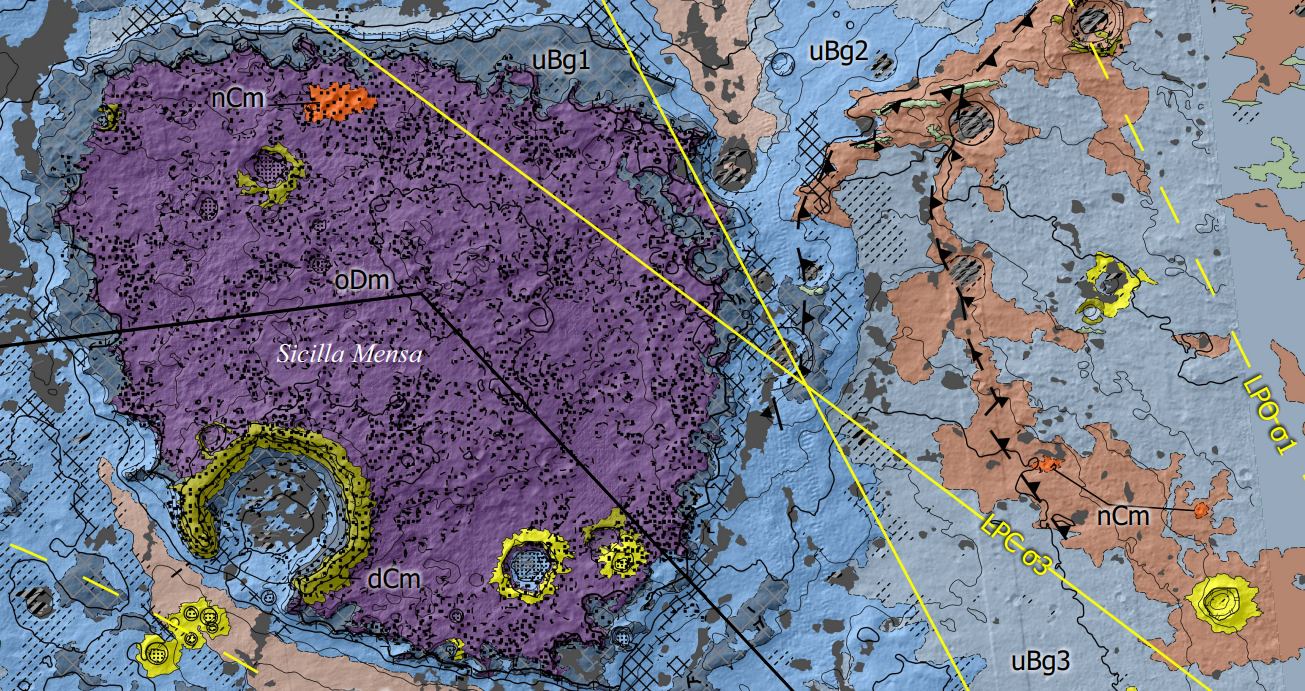Where would be the most ideal landing site for the Artemis III crew in SpaceX’s Human Landing System (HLS)? This is what a recent study submitted to Acta Astronautica hopes to address as an international team of scientists investigated plausible landing sites within the lunar south pole region, which comes after NASA selected 13 candidate landing regions in August 2022 and holds the potential to enable new methods in determining landing sites for future missions, as well.
Continue reading “Artemis III Landing Sites Identified Using Mapping and Algorithm Techniques”Artemis III Landing Sites Identified Using Mapping and Algorithm Techniques



